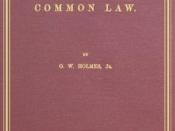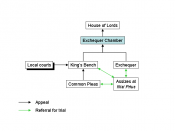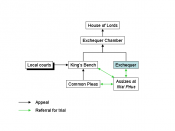IntroductionThe history of Criminal Law in the United States does not begin as one might imagine with the creating of our Constitution, nor even with the Declaration of Independence that predated it by more than a decade. Nor indeed does that history begin in the colonial period. Our criminal law finds its genesis in a much earlier period, in the times of Moses and of Hammurabi. The historic path towards our current Jurisprudence then diverges, proceeding from these legal luminaries to the Roman Republic and to the Gauls, Franks and Germanic people who populated the European Continent during the early Middle Ages. Law as it is commonly perceived came to the English Isles with the Angles, Saxons, Jutes and Danes, and lastly with the Norman conquest of William in 1066. In a decisive moment in English Law, King John signed the Magna Carta at Runnymeade in 1215. But what purpose did these new laws and new influences on existing laws serve? What is the Common Law of England that came to be so vital to early American Jurisprudence? Does the common trend towards a Model Penal Code of criminal law stand in contradistinction to the earlier legal forebears, or are these merely codification and evolution of their predecessors?In arguably one of the most influential works to effect American legal thought, Oliver Wendell Holmes (1881) defined the purpose of criminal law in his The Common Law: "For the most part, the purpose of the criminal law is only to induce external conformity to the rule.
All law is directed to conditions of things manifest to the senses. And whether it brings those conditions to pass immediately by the use of force, as when it protects a house from a mob by soldiers, or appropriates private property to public use, or hangs...


